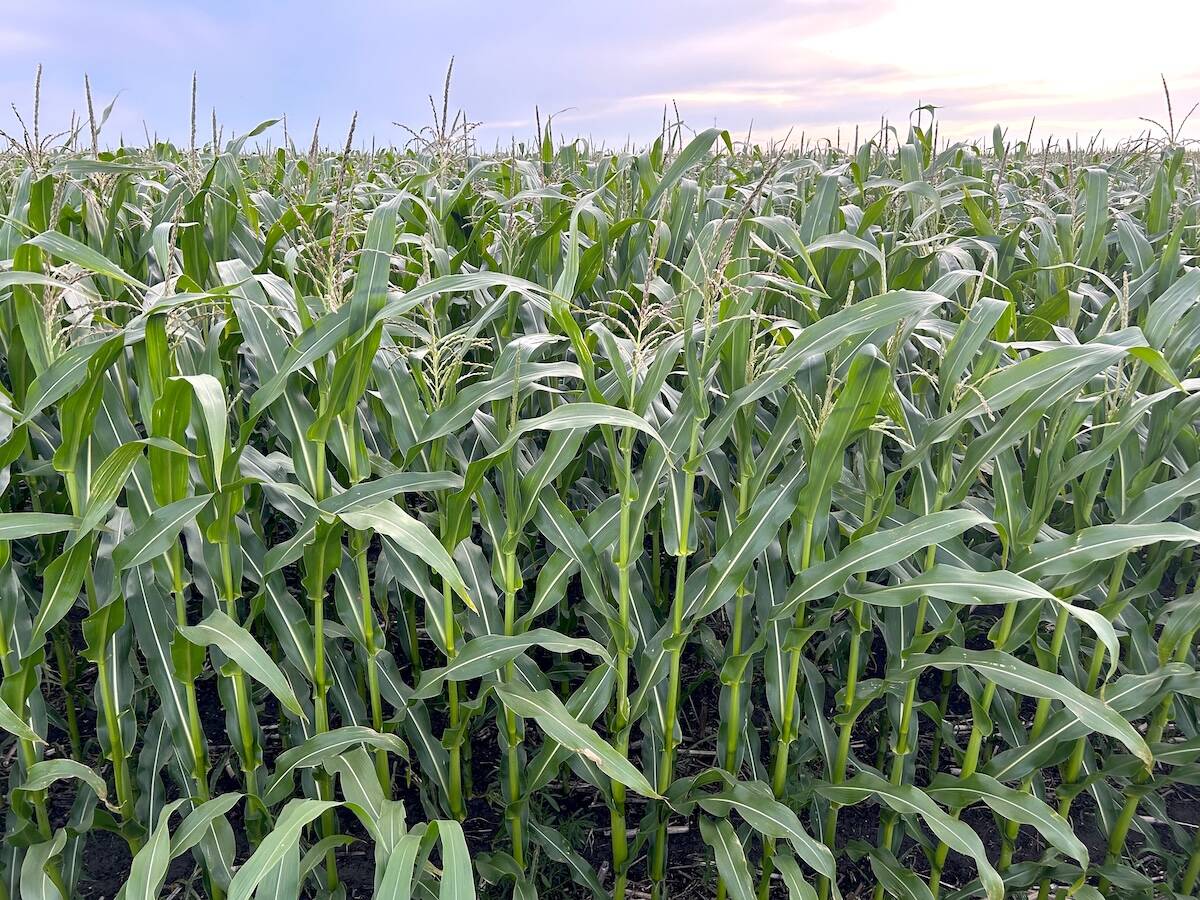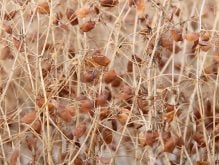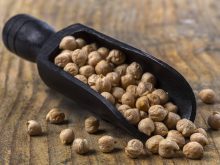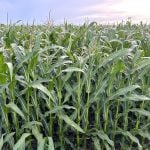CNS Canada — Farmers are eager to grow peas and lentils this year, but sourcing those seeds could prove difficult, according an industry group official.
“We have heard that given the expected increase in area for both peas and lentils this year, the availability of good-quality seed could be a challenge,” said Carl Potts of Saskatchewan Pulse Growers in Saskatoon.
It’s a similar story in Alberta, where pea and lentil seed prices are at a premium, according to Humphrey Banack of the Alberta Federation of Agriculture.
Read Also

Grain Farmers of Ontario joins Grain Growers of Canada
Grain Farmers of Ontario has officially joined with national group Grain Growers of Canada.
“It’s very, very tight; we had our pulse seeds in place in December, and even then the suppliers I had were saying that it was tight,” said Banack, who farms at Round Hill, Alta., northeast of Camrose.
More pea and lentil acres are expected Canada-wide this growing season, due to strong new-crop pricing.
Estimates from Agriculture and Agri-Food Canada peg the country’s seeded lentil area at about 4.4 million acres, and seeded pea area at about 4.2 million acres.
Canadian producers last year seeded 3.7 million acres of peas and 3.9 million acres of lentils.
“But market analysts have been flagging the potential availability of seeds as something that might curtail that,” Potts said.
He added he doesn’t think limited availability of seeds will dramatically curtail pea and lentil acres — but still, finding those seeds won’t be easy.
“There will be some challenges for those that are deciding now that they might add some additional acres of peas,” he said.
A lack of available seed could have a minimal effect on prices, but won’t be as big of a factor as other influencers, like demand out of India, and overall amount of production and yields.
Along with increased acres, Banack noted, there will be more first-time producers growing pulses this year, which means a learning curve.
“I hope there’s no wrecks out there, but we’re going to see a huge increase in the number of producers growing pulses.”
— Jade Markus writes for Commodity News Service Canada, a Winnipeg company specializing in grain and commodity market reporting. Follow her at @jade_markus on Twitter.
















